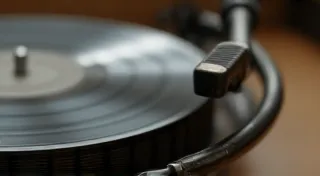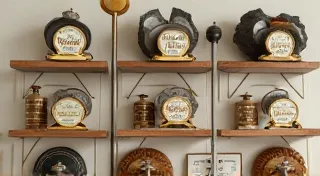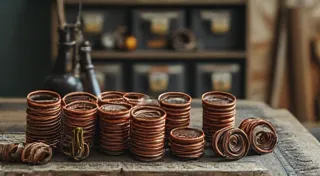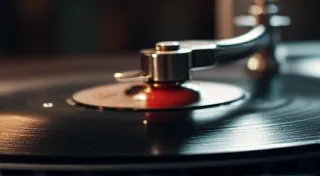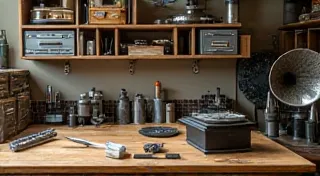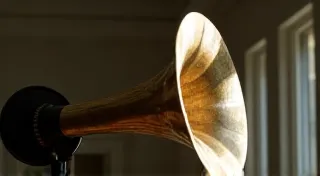Dealing with Cracked Horns: Repair and Stabilization
Phonograph horns, often the most visually striking and delicate parts of antique phonographs, are unfortunately prone to damage. Cracks, chips, and even complete breaks are common occurrences after decades of use and sometimes, rough handling. This article provides practical advice for addressing these issues, focusing on stabilization and exploring repair options for your valuable antique phonographs.
Understanding the Damage
Before attempting any repair, it's crucial to understand the nature of the damage. Cracks can range from hairline fractures to significant splits that compromise the horn's structural integrity. Consider the material; most horns are made of sheet metal (often steel, brass, or aluminum), vulcanized fiber, or occasionally, even early plastics. The repair approach will vary based on the material.
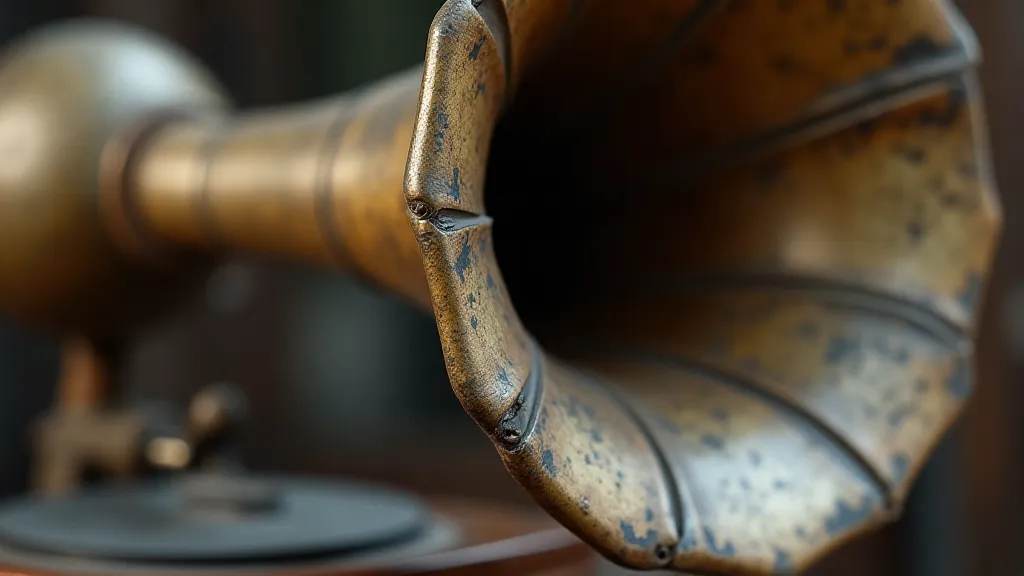
Stabilization: The First Step
Immediate stabilization is vital, especially for horns with larger cracks or breaks. The goal is to prevent further damage. Here's a simple procedure:
- Clean the Area: Gently clean around the crack with a soft cloth and mild cleaner. Avoid harsh chemicals.
- Secure the Pieces: If the horn is broken into pieces, carefully align the fragments. You can use masking tape (painter's tape) to hold them together. Be careful not to apply too much pressure, as this can worsen the damage.
- Support the Horn: Prop the horn up securely, ensuring it remains stable. This might involve using padded supports or creating a custom jig.
Repair Options: A Material-Specific Approach
The best repair method depends on the horn's material and the severity of the damage.
Sheet Metal Horns (Steel, Brass, Aluminum)
- Soldering: For cracks and splits, soldering can provide a strong and relatively invisible repair. This requires experience with soldering techniques and appropriate metal alloys. Proper ventilation and safety precautions are essential.
- Welding: Welding offers a robust repair but is generally best left to professionals due to the complexity and potential for distortion.
- Metal Epoxy: Specialized metal epoxies offer an alternative to soldering. These are generally easier to use but may not be as strong. Thorough surface preparation is crucial for good adhesion.
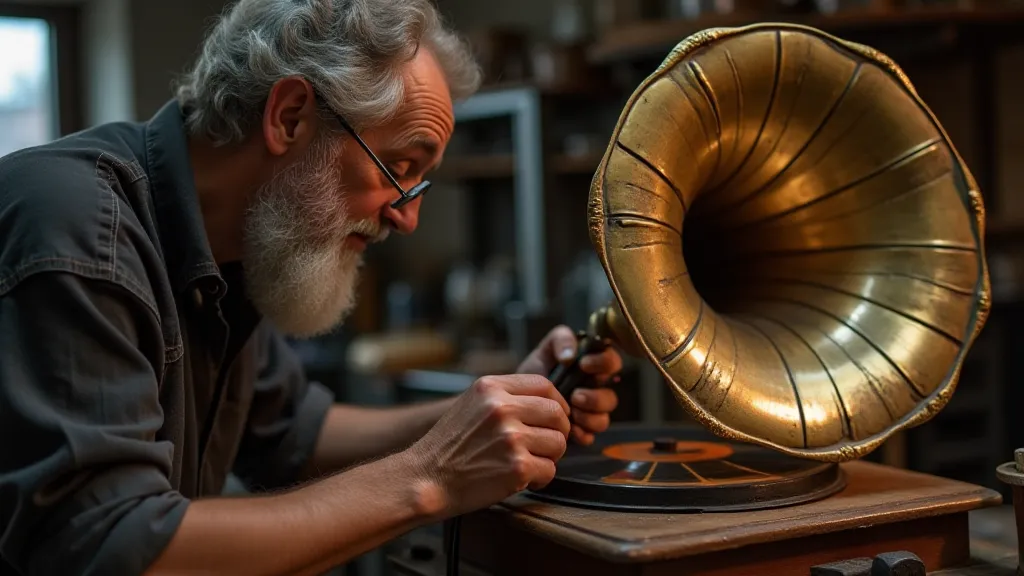
Vulcanized Fiber Horns
These horns are more challenging to repair. Vulcanized fiber is brittle and prone to crumbling.
- Consolidation: A specialized consolidant can be used to stabilize the fiber and prevent further deterioration. This is often a first step before any attempt at joining broken pieces.
- Epoxy Joining: Careful application of epoxy is possible, but requires precise alignment and clamping. The resulting repair will likely be visible.
Plastic Horns (Early Plastics)
Plastic horns, often bakelite or similar materials, can be repaired with specialized plastic epoxies. Surface preparation is essential, and clamping is required for proper bonding.
Important Considerations
- Originality: Consider the value of originality. Extensive repairs can diminish the horn's value to collectors. Documentation of any repairs is highly recommended.
- Professional Help: If you are unsure about any repair technique, seek professional help from a phonograph restoration expert.
- Surface Finish: After repair, the surface finish may need to be addressed. Polishing or lacquering may be necessary to match the original appearance.
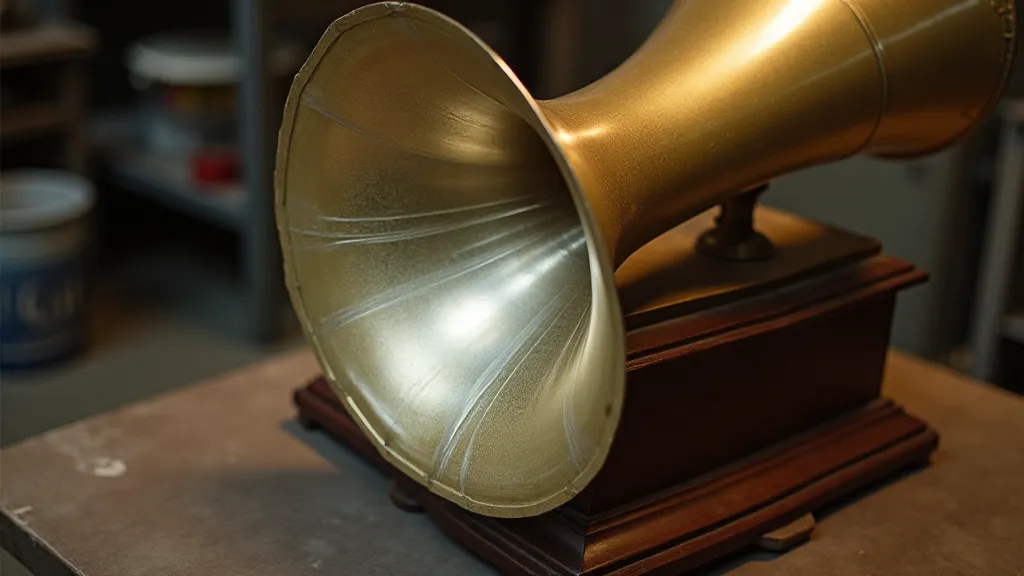
Conclusion
Dealing with cracked phonograph horns requires patience, careful assessment, and the right tools and materials. By understanding the damage, employing proper stabilization techniques, and considering the specific material, you can preserve these iconic pieces of audio history.
